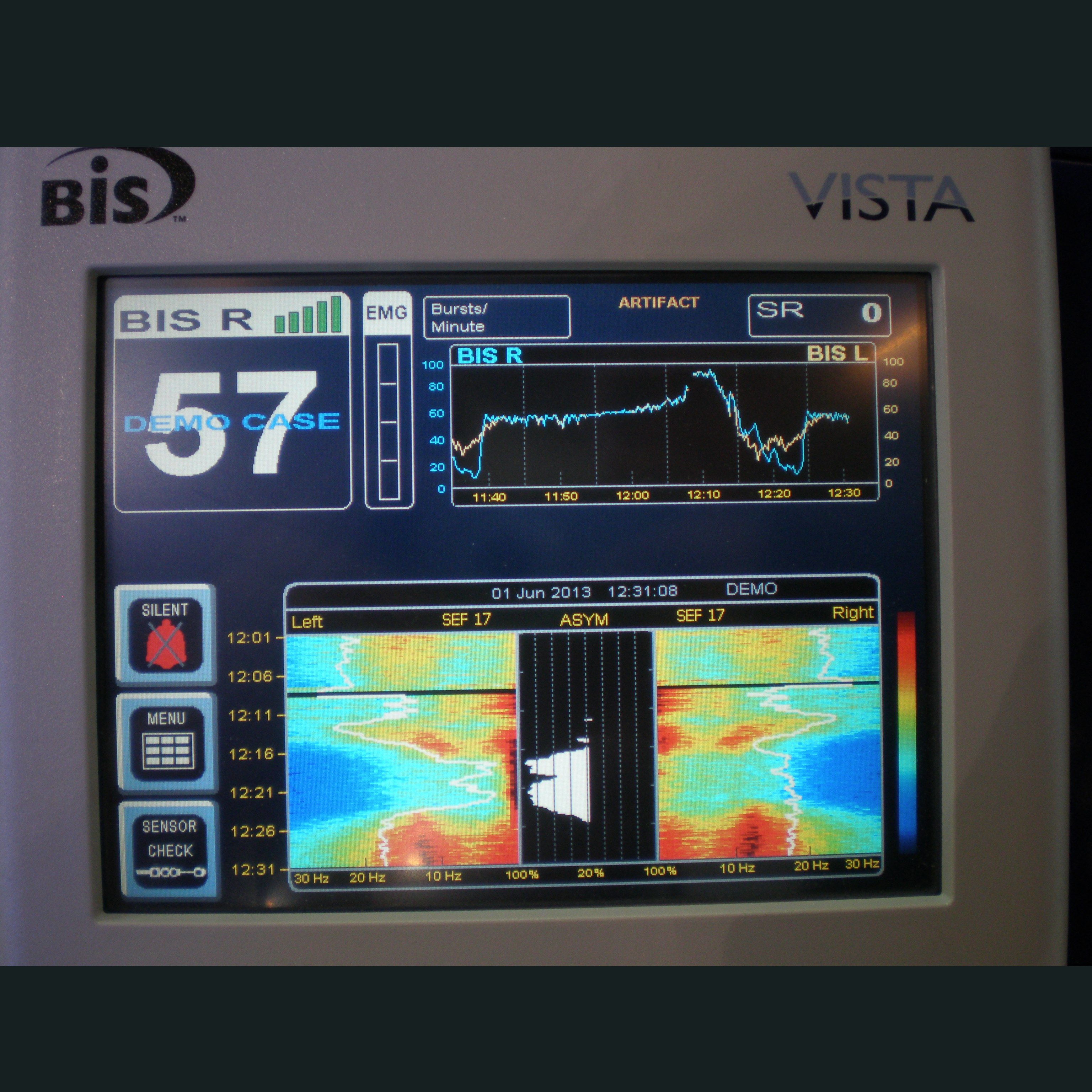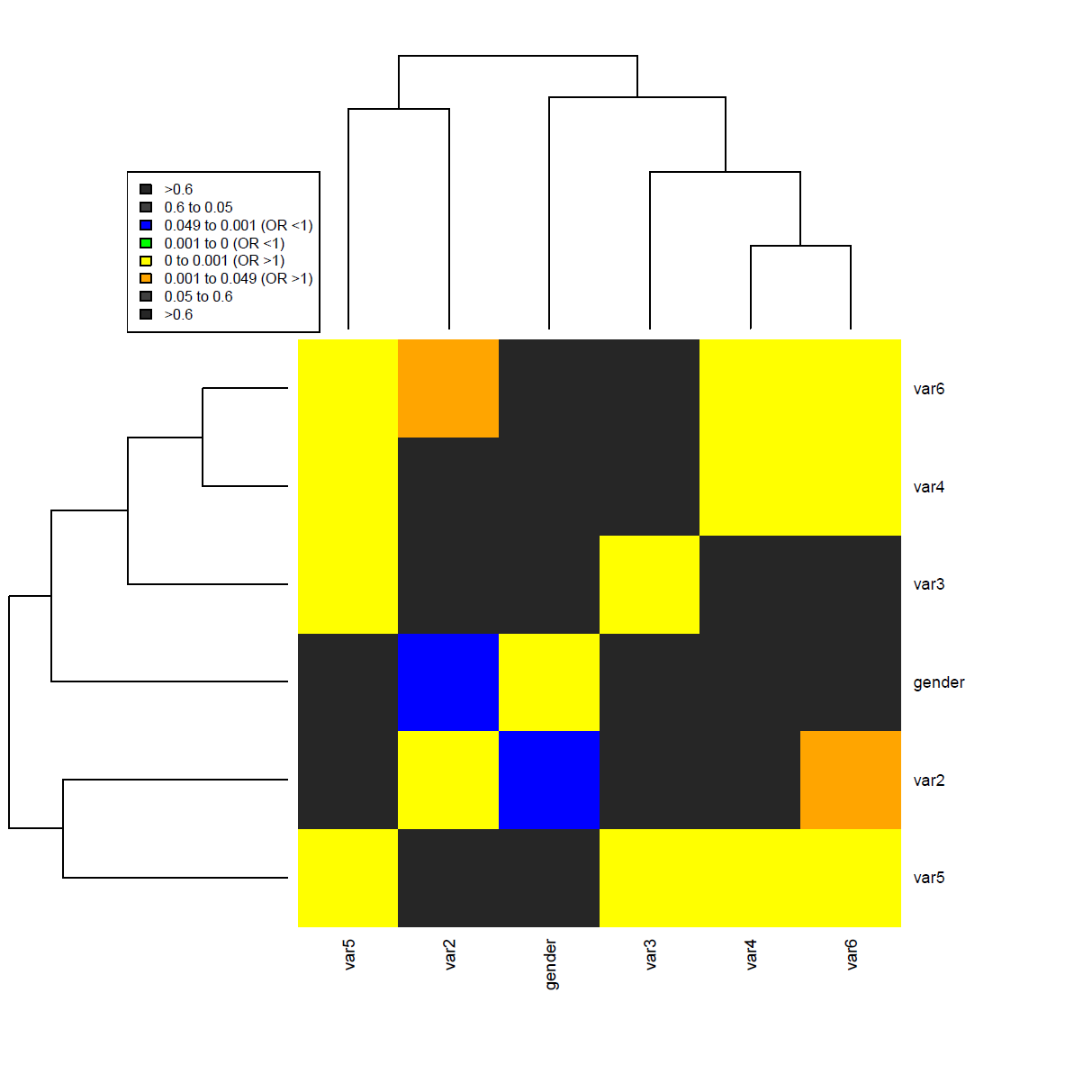I am about to go on a short holiday, so I was tidying the code lines I had scattered around before leaving… And I found this: a minimal EPS to PDF converter, which is barely a LaTeX template.
It is intended for transforming an .EPS graph to the .PDF format. You can copy & paste this whole code into a blank text file (but with .TEX extension) and run it with a TeX editor.








